CLIMATIC SEASONS OF INDIA The climatic conditions of India can best be described in terms of an annual cycle of seasons. The meteorologists recognise the following four seasons : (i) the cold... Read more »
FACTORS AFFECTING INDIAN CLIMATE Latitude You already know the latitudinal and longitudinal extent of the land of India. You also know that the Tropic of Cancer passes through the central part of... Read more »
OVERVIEW Natural vegetation refers to a plant community that has been left undisturbed over a long time, so as to allow its individual species to adjust themselves to climate and soil conditions... Read more »
OVERVIEW India is a country of vast dimensions with varied conditions of geology, relief, climate and vegetation. Therefore, India has a large variety of soil groups, distinctly different from one another. Different... Read more »

OVERVIEW India has a total of 247 islands (distant islands) of which 204 lie in the Bay of Bengal and remaining in the Arabian Sea. The Bay islands consisting of Andaman and... Read more »
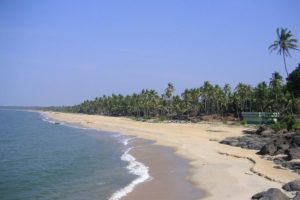
OVERVIEW The coastal plains of India are located along the Arabian Sea coast in the west and along the Bay of Bengal coast in the east. According to their location to the... Read more »
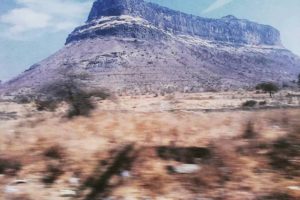
OVERVIEW Rising from the height of 150 m above the river plains up to an elevation of 600-900 m is the irregular triangle known as the Peninsular plateau. Delhi ridge in the... Read more »
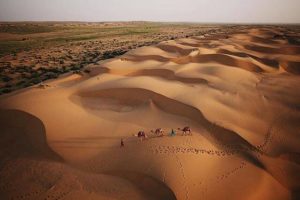
OVERVIEW To the northwest of the Aravali hills lies the Great Indian desert. It is a land of undulating topography dotted with longitudinal dunes and barchans. This region receives low rainfall below... Read more »
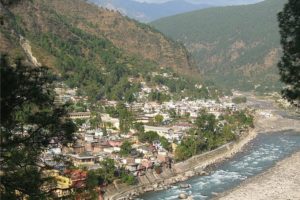
OVERVIEW; The northern plains are formed by the alluvial deposits brought by the rivers – the Indus, the Ganga and the Brahmaputra. These plains extend approximately 3,200 km from the east to... Read more »
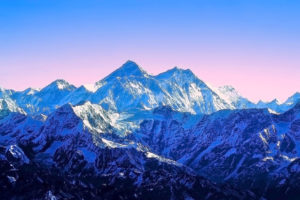
OVERVIEW; The Himalayas consist of a series of parallel mountain ranges. Some of the important ranges are the Greater Himalayan range, which includes the Great Himalayas and the Trans-Himalayan range, the Middle Himalayas... Read more »
